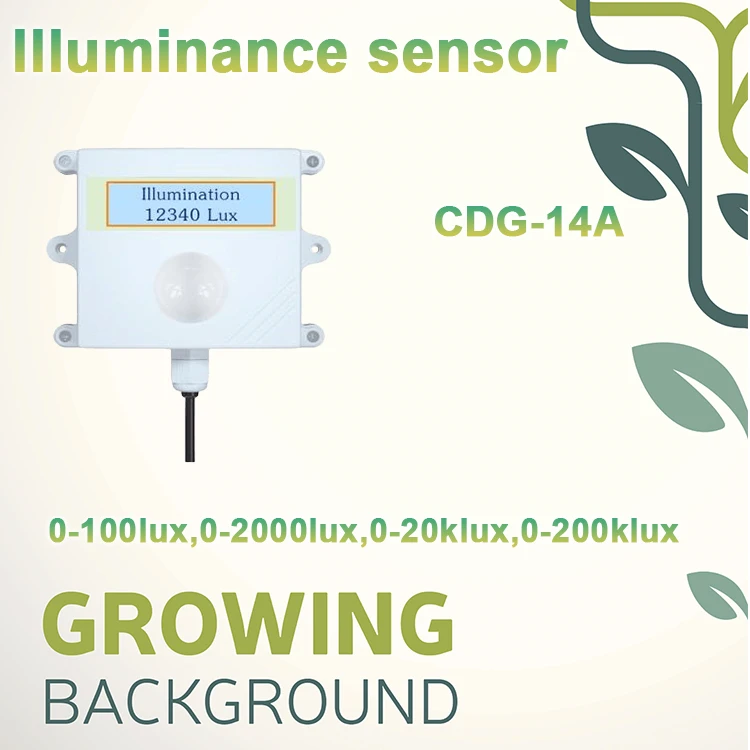
# Light Detector: Principles and Applications
## Introduction to Light Detectors
Light detectors are essential components in various scientific, industrial, and consumer applications. These devices convert light energy into electrical signals, enabling the measurement and analysis of light intensity, wavelength, and other properties. From simple photodiodes to sophisticated imaging sensors, light detectors play a crucial role in modern technology.
## How Light Detectors Work
The fundamental principle behind light detectors involves the photoelectric effect, where photons striking a material cause the emission of electrons. This phenomenon can be categorized into two main types:
### 1. Photovoltaic Effect
In photovoltaic detectors, light generates a voltage across the device without requiring an external power source. Solar cells are a common example of this type.
### 2. Photoconductive Effect
Photoconductive detectors change their electrical resistance when exposed to light. These devices typically require an external voltage source to operate.
## Common Types of Light Detectors
### Photodiodes
Photodiodes are semiconductor devices that convert light into current. They operate in reverse bias mode and are widely used in optical communication systems, light meters, and medical equipment.
### Phototransistors
Similar to photodiodes but with built-in amplification, phototransistors offer higher sensitivity. They’re commonly found in object detection systems and light-controlled switches.
### Charge-Coupled Devices (CCDs)
CCDs are arrays of light-sensitive capacitors used in digital cameras and scientific imaging. They excel in low-light conditions and provide high-quality image capture.
### CMOS Sensors
Complementary Metal-Oxide-Semiconductor (CMOS) sensors are increasingly popular in digital imaging due to their lower power consumption and faster readout speeds compared to CCDs.
## Applications of Light Detectors
### Industrial Applications
- Quality control in manufacturing
- Precision measurement systems
- Automated inspection
### Scientific Research
- Spectroscopy
- Astronomical observations
- Environmental monitoring
### Consumer Electronics
- Digital cameras
- Smartphone sensors
- Automatic lighting systems
## Future Developments
Emerging technologies in light detection include quantum dot detectors and organic photodetectors, which promise higher efficiency and broader spectral response. Researchers are also working on flexible and stretchable light detectors for wearable applications.
As light detection technology continues to advance, we can expect to see even more innovative applications across various fields, from healthcare to autonomous vehicles.
Keyword: light detector